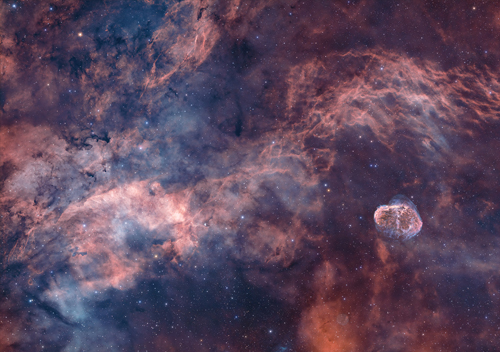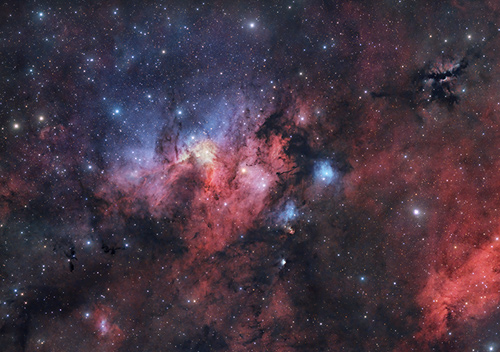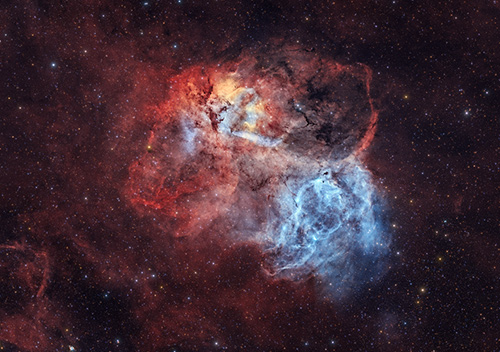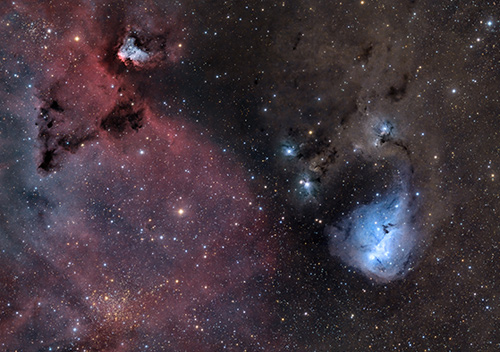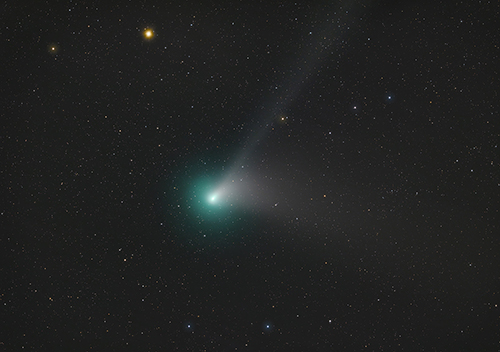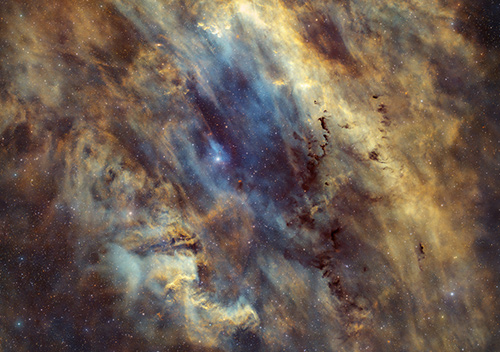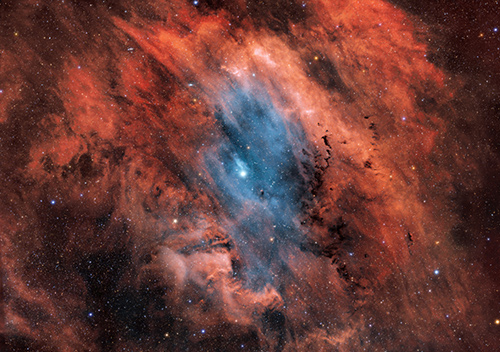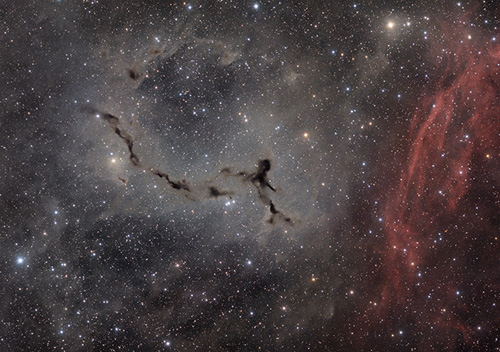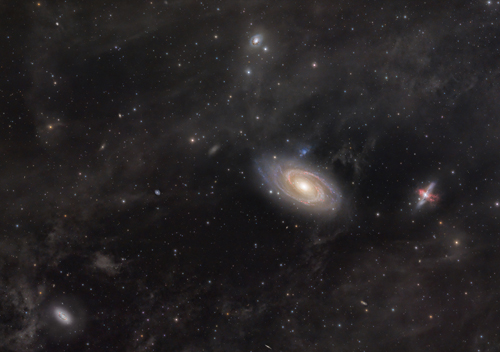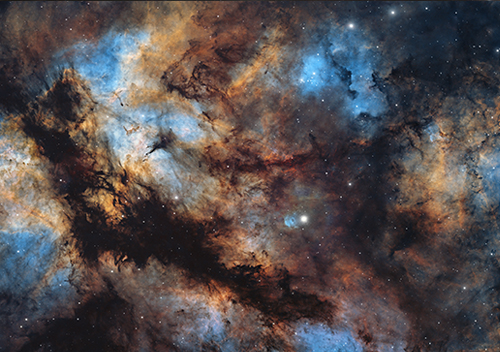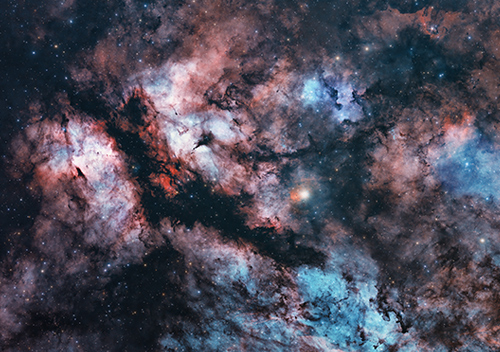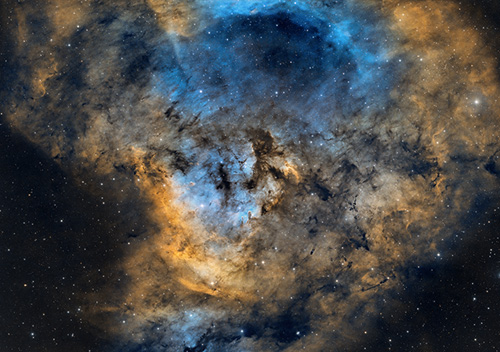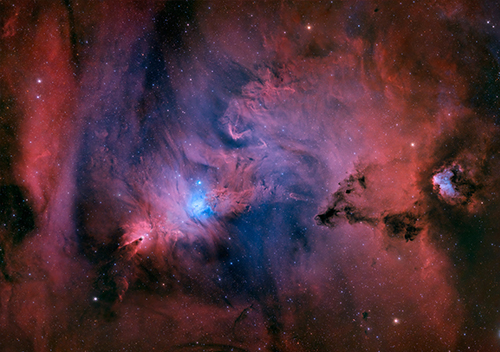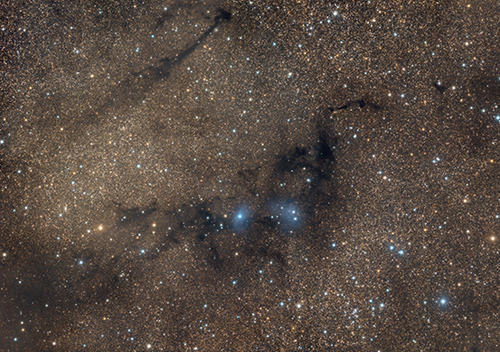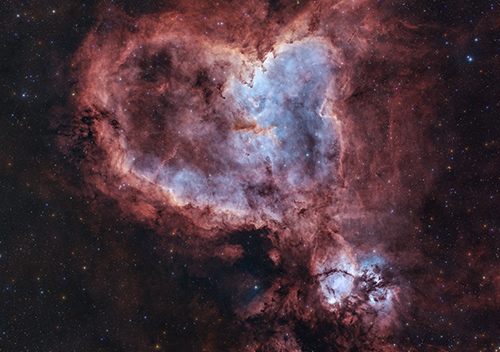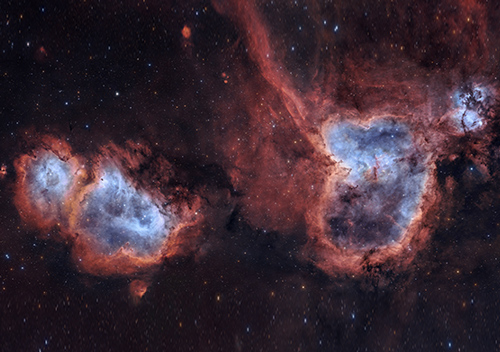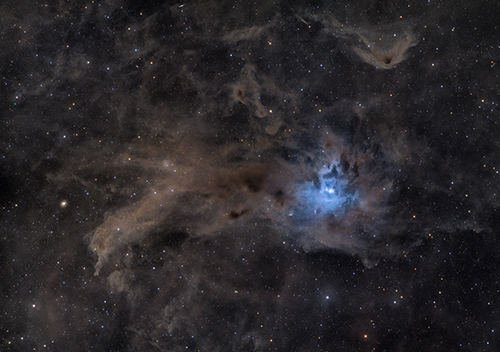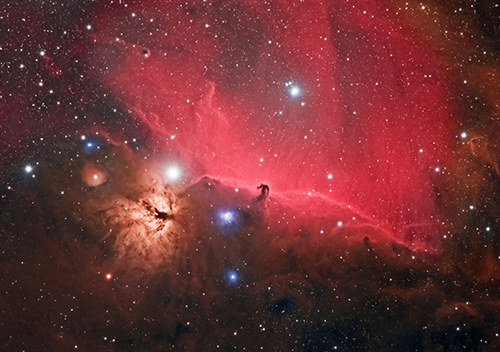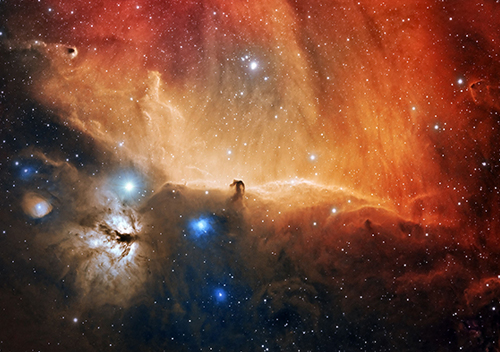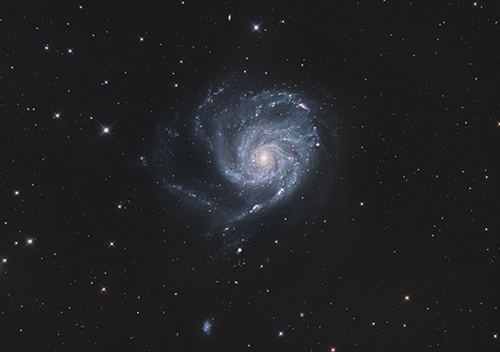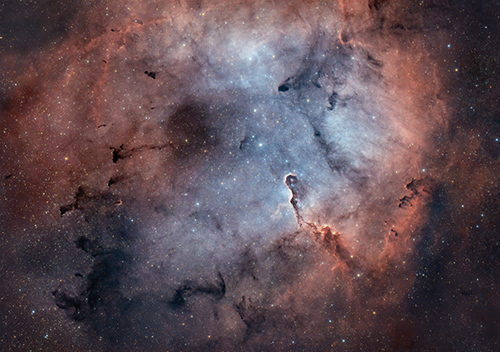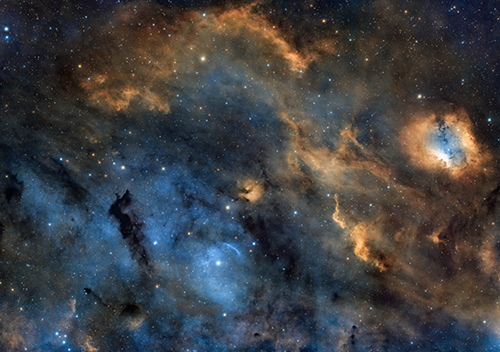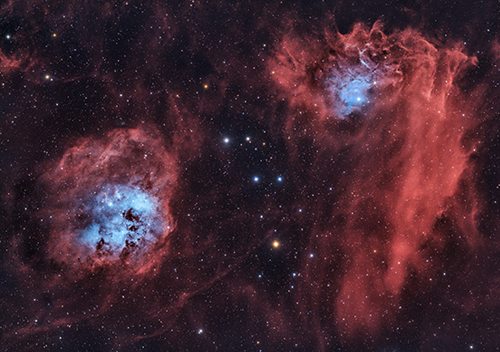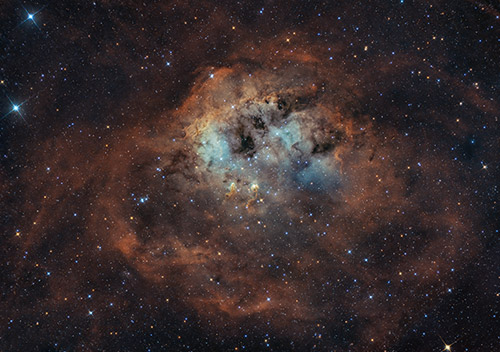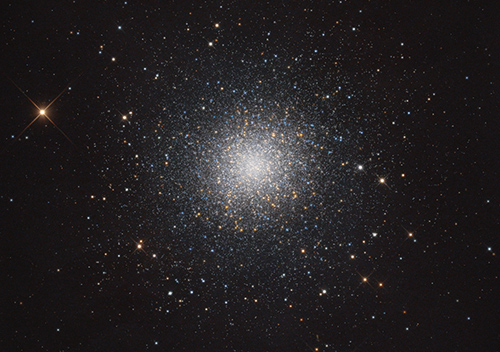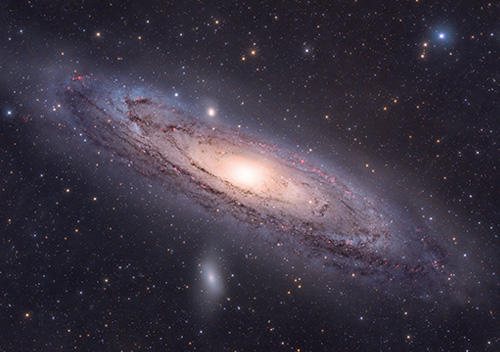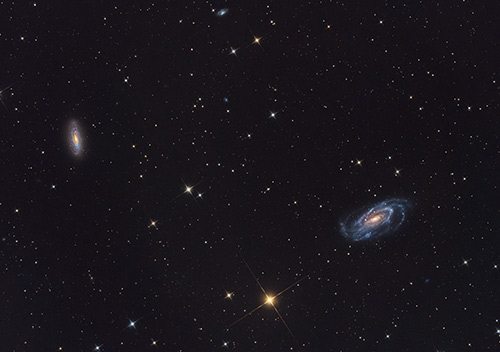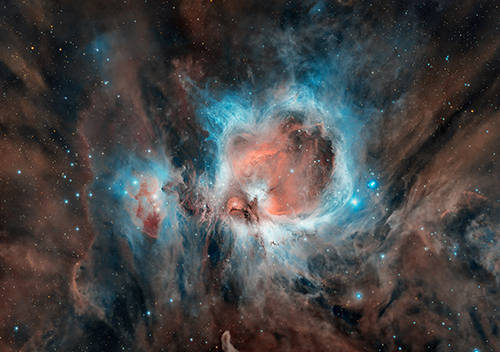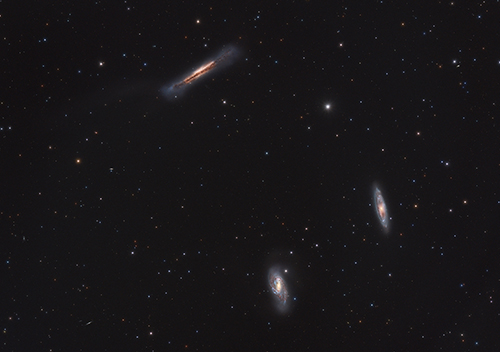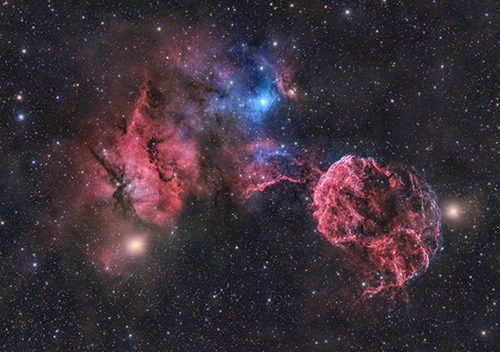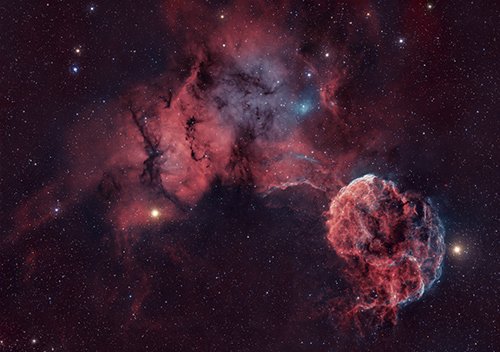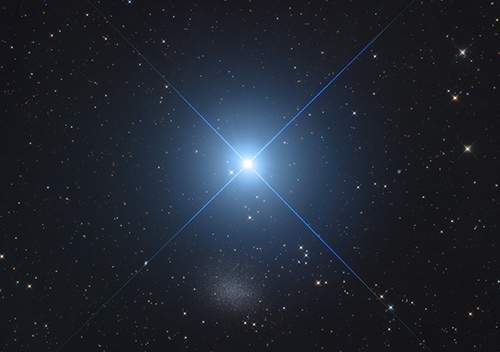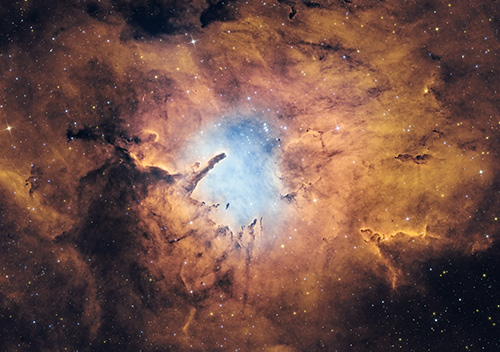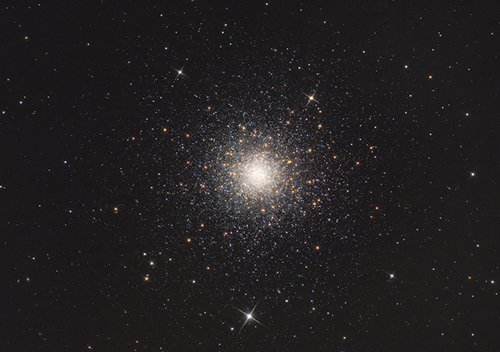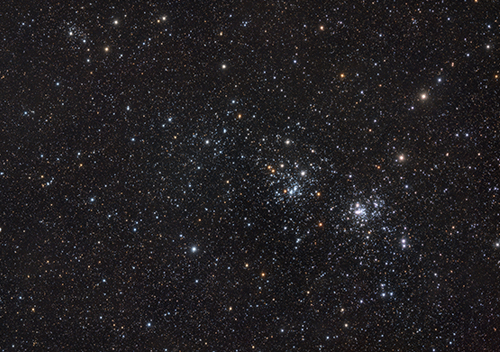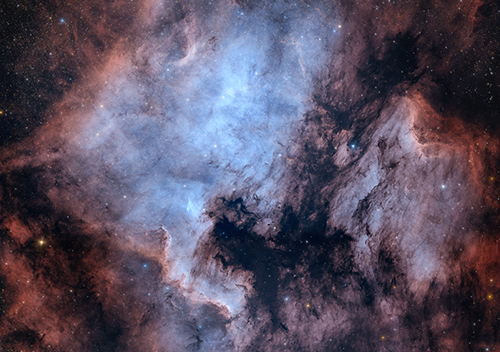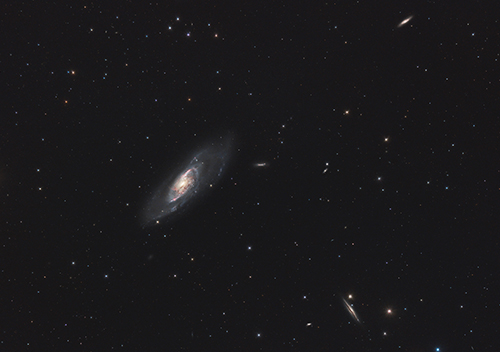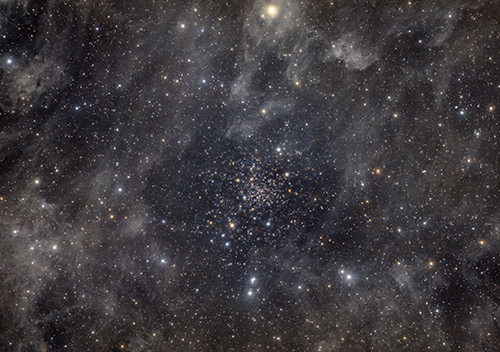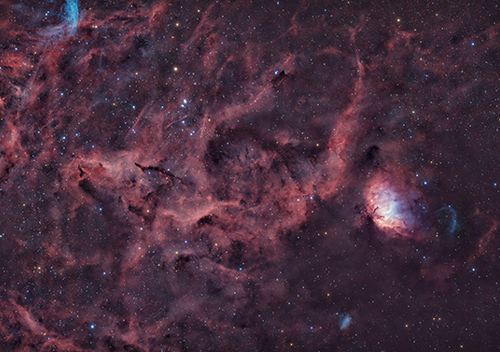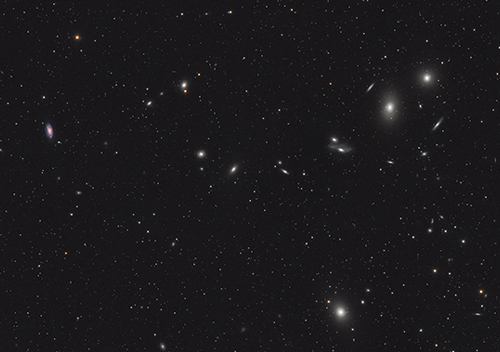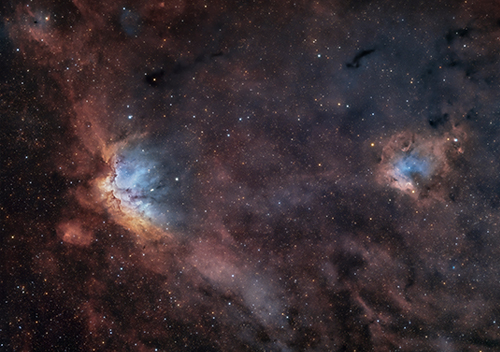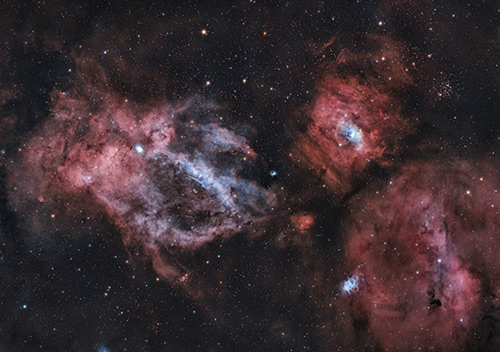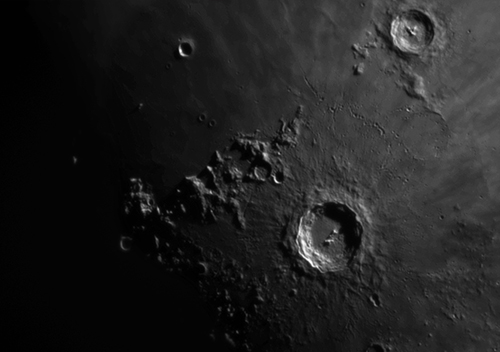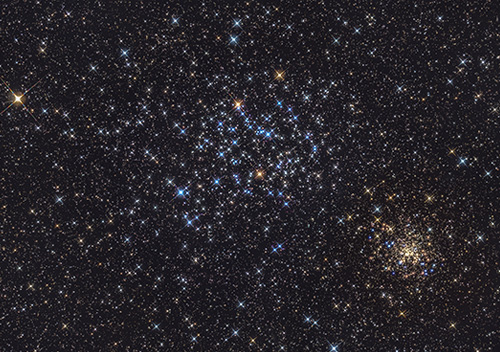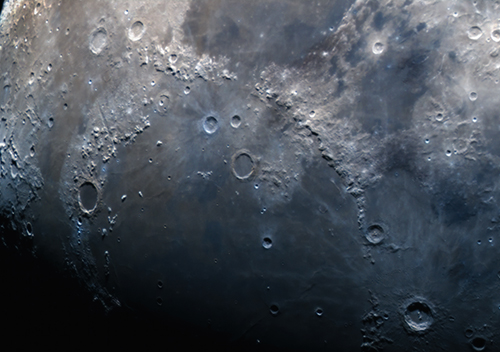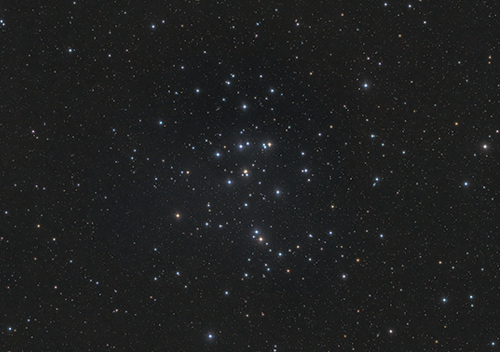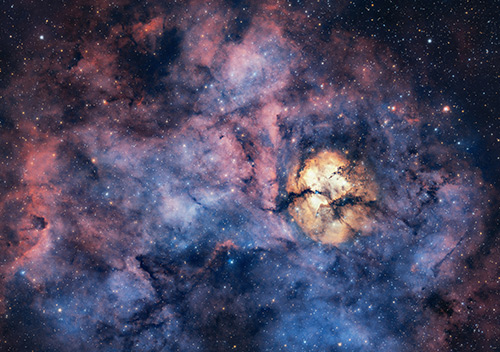
Copernicus
Lunar Crater
Copernicus is a lunar impact crater located in eastern Oceanus Procellarum. It was named after the astronomer Nicolaus Copernicus. It typifies craters that formed during the Copernican period in that it has a prominent ray system. It may have been created by debris from the breakup of the parent body of asteroid 495 Eulalia 800 million years ago. Due to its relative youth, the crater has remained in a relatively pristine shape since it formed.
The circular rim has a discernible hexagonal form, with a terraced inner wall and a 30 km wide, sloping rampart that descends nearly a kilometer to the surrounding mare. There are three distinct terraces visible, and arc-shaped landslides due to slumping of the inner wall as the crater debris subsided. Most likely due to its recent formation, the crater floor has not been flooded by lava. The terrain along the bottom is hilly in the southern half while the north is relatively smooth. The central peaks consist of three isolated mountainous rises climbing as high as 1.2 km above the floor. These peaks are separated from each other by valleys, and they form a rough line along an east–west axis. Infrared observations of these peaks during the 1980s determined that they were primarily composed of the mafic form of olivine.
The circular rim has a discernible hexagonal form, with a terraced inner wall and a 30 km wide, sloping rampart that descends nearly a kilometer to the surrounding mare. There are three distinct terraces visible, and arc-shaped landslides due to slumping of the inner wall as the crater debris subsided. Most likely due to its recent formation, the crater floor has not been flooded by lava. The terrain along the bottom is hilly in the southern half while the north is relatively smooth. The central peaks consist of three isolated mountainous rises climbing as high as 1.2 km above the floor. These peaks are separated from each other by valleys, and they form a rough line along an east–west axis. Infrared observations of these peaks during the 1980s determined that they were primarily composed of the mafic form of olivine.
Image Details
| Date |
February 21, 2021 |
| LOCATion |
Hannover (Germany) |
| Sky Quality |
Bortle 5 |
| Telescope |
Skywatcher 200/1000 f/5 Newton |
| Mount |
Skywatcher EQ 5 |
| Main Cameras |
ZWO ASI 462 MC Pro |
| Other |
Baader Hyperion Barlow 2,25 |
| Software |
N.I.N.A., EQMod |
Processing | Astropixelprocessor, Photoshop, Autostakkert |
Gallery
